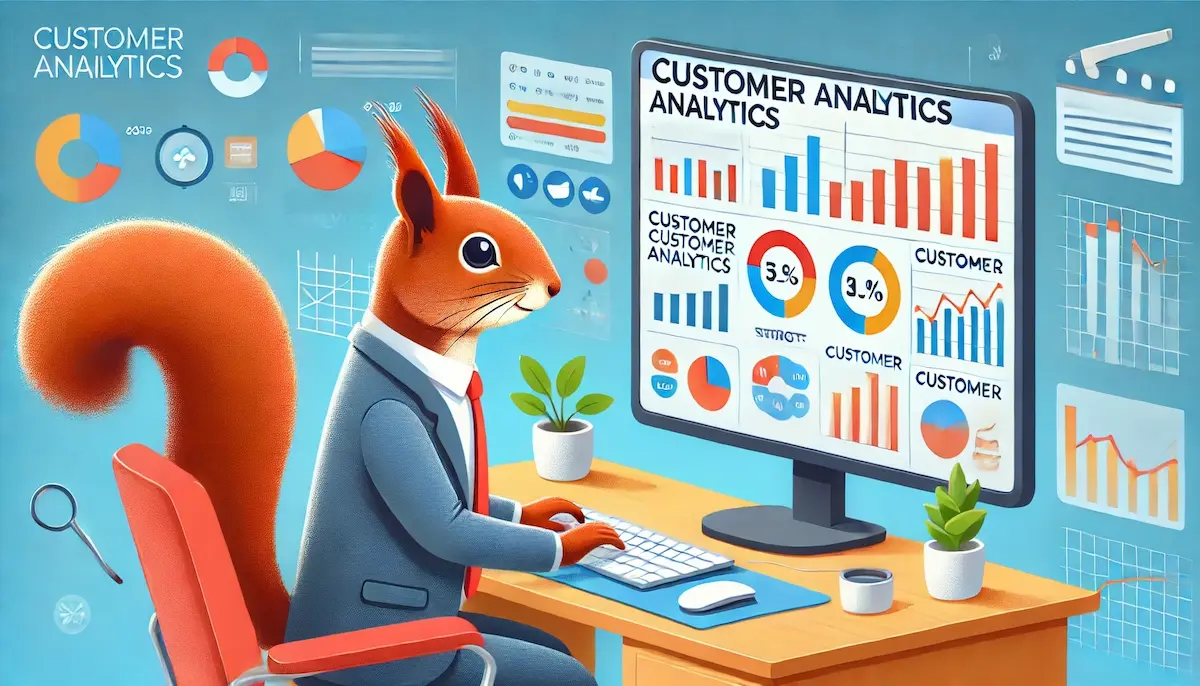Customer analytics is a powerful practice that involves collecting, processing, and analyzing customer data to understand their behaviors, preferences, and needs. By leveraging customer analytics, businesses can make data-driven decisions to enhance customer experiences, improve products and services, and ultimately drive growth. Let’s dive into what customer analytics entails and why it’s essential in today’s business landscape.
What is Customer Analytics?
Customer analytics refers to the methods and technologies used to gather and analyze data about customers. This data includes demographic information, purchase history, browsing behavior, feedback, and interactions across various touchpoints. The goal is to gain insights that help businesses better understand and serve their customers.
Why is Customer Analytics Important?
In a competitive market, understanding customers is key to staying ahead. Here are several reasons why customer analytics is important:
Enhancing Customer Experience
By analyzing customer data, businesses can identify pain points and preferences, enabling them to tailor experiences that meet customer expectations. This leads to higher satisfaction and loyalty.
Personalizing Marketing Efforts
Customer analytics allows for targeted marketing by understanding individual customer behaviors and preferences. Personalized marketing messages and offers are more likely to resonate with customers, increasing engagement and conversion rates.
Optimizing Products and Services
Analyzing customer feedback and usage patterns helps businesses refine their products and services. This ensures offerings are aligned with customer needs and expectations, driving higher satisfaction and retention.
Predicting Customer Behavior
Advanced analytics techniques can predict future customer behaviors based on historical data. This helps businesses anticipate customer needs, plan inventory, and develop proactive customer service strategies.
Improving Customer Retention
Understanding the factors that lead to customer churn allows businesses to implement retention strategies. By addressing the issues that cause customers to leave, companies can improve retention rates and build long-term relationships.
How is Customer Analytics Conducted?
Customer analytics involves several steps, from data collection to actionable insights. Here’s an overview of the process:
Data Collection
Data is collected from various sources, including customer transactions, website and app interactions, social media, customer service interactions, and surveys. This data provides a comprehensive view of the customer journey.
Data Processing
The collected data is cleaned and organized to ensure accuracy and consistency. This step is crucial as it prepares the data for in-depth analysis.
Data Analysis
Various analytical techniques are applied to the processed data. These techniques can include statistical analysis, machine learning, and predictive modeling. The goal is to uncover patterns, trends, and correlations that provide insights into customer behavior.
Data Visualization
The results of the analysis are often presented using data visualization tools. Visual representations like charts, graphs, and dashboards make it easier to interpret complex data and communicate findings effectively.
Actionable Insights
The insights gained from customer analytics are used to inform business decisions. This can involve modifying marketing strategies, enhancing customer service, developing new products, or improving existing offerings.
Ethical Considerations
While customer analytics offers significant benefits, it also raises ethical concerns, particularly around privacy. It’s crucial for businesses to handle customer data responsibly and comply with data protection regulations like GDPR and CCPA. Transparency with customers about data usage and ensuring their consent are essential practices.
Conclusion
Customer analytics is an indispensable tool for businesses aiming to understand and serve their customers better. By leveraging data-driven insights, companies can enhance customer experiences, personalize marketing, optimize products and services, and improve retention. As the business landscape continues to evolve, the role of customer analytics will become increasingly important in driving success.
Blockfine thanks you for reading and hopes you found this article helpful.
